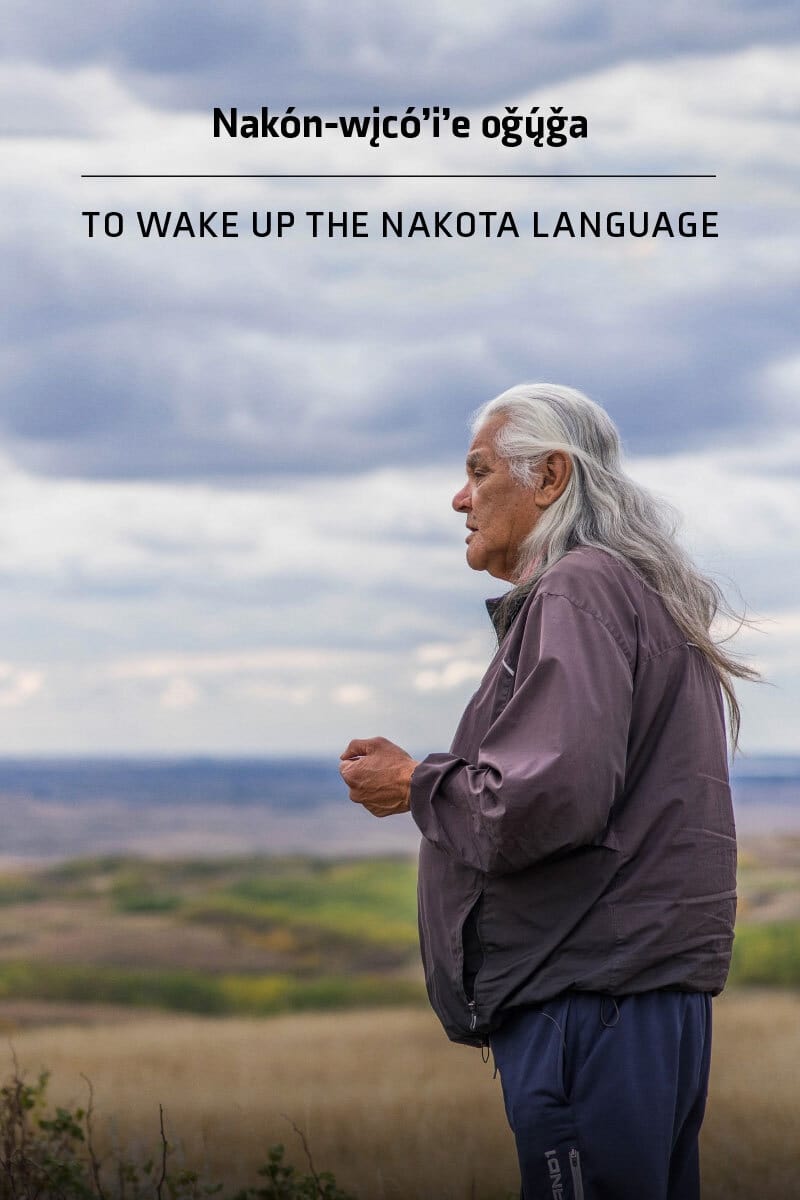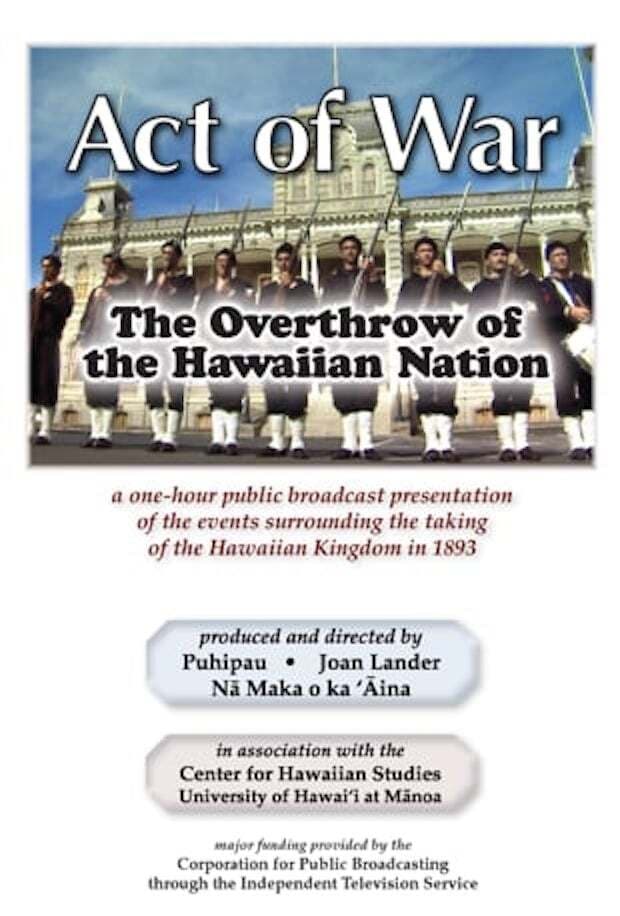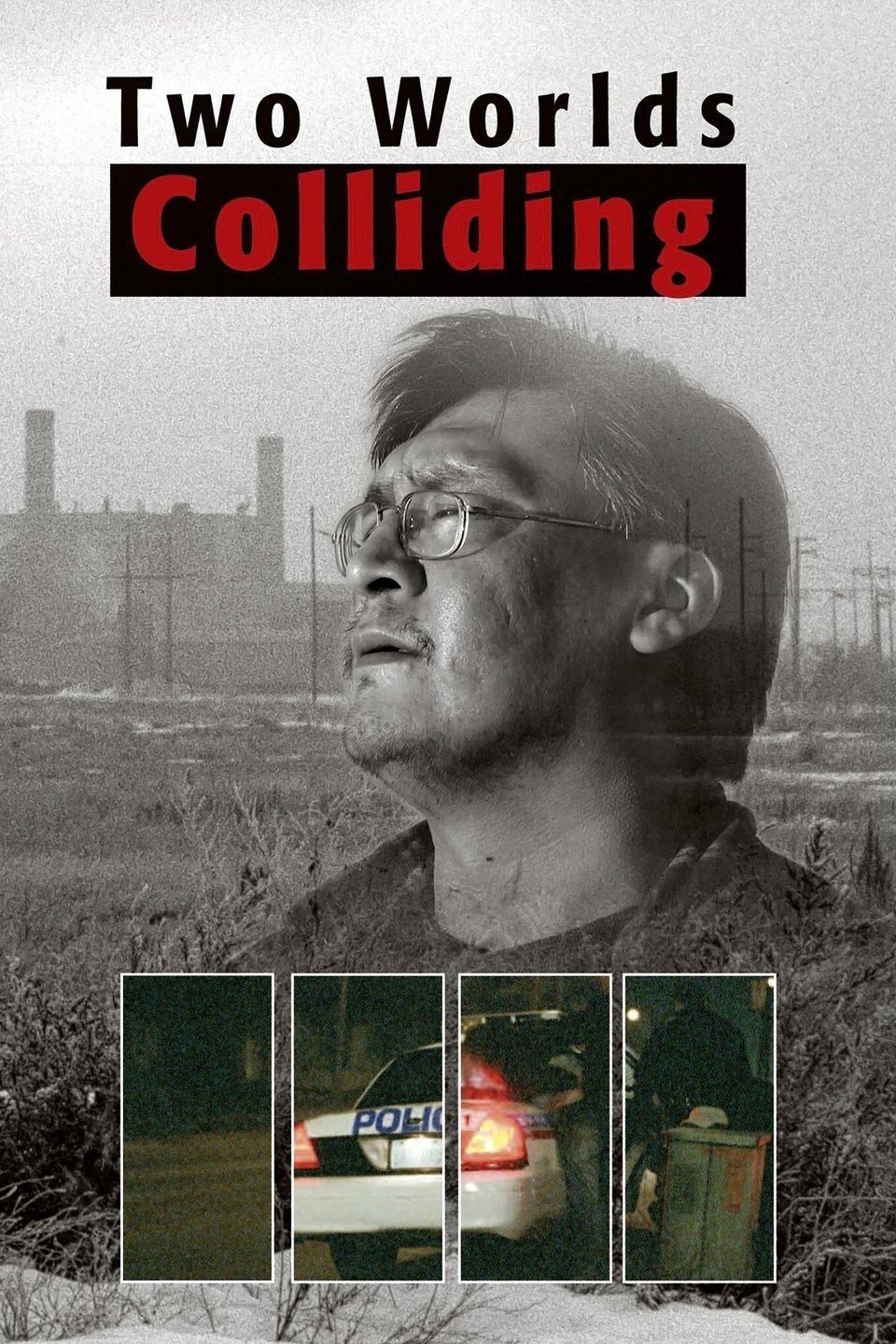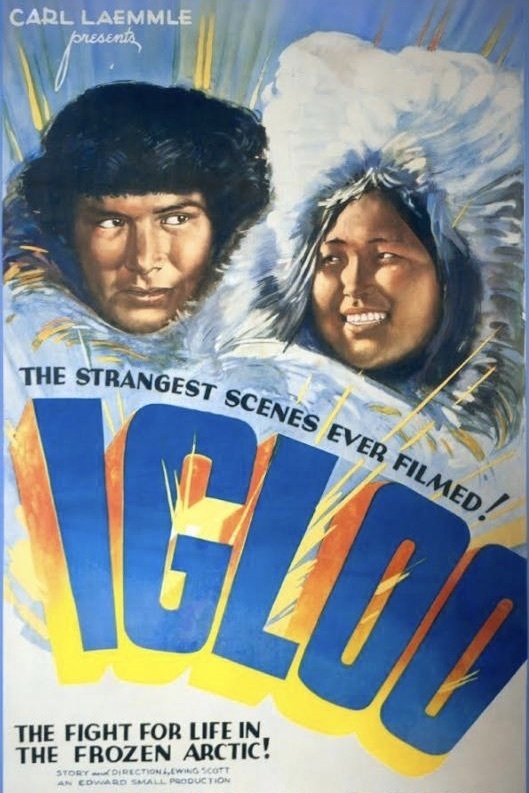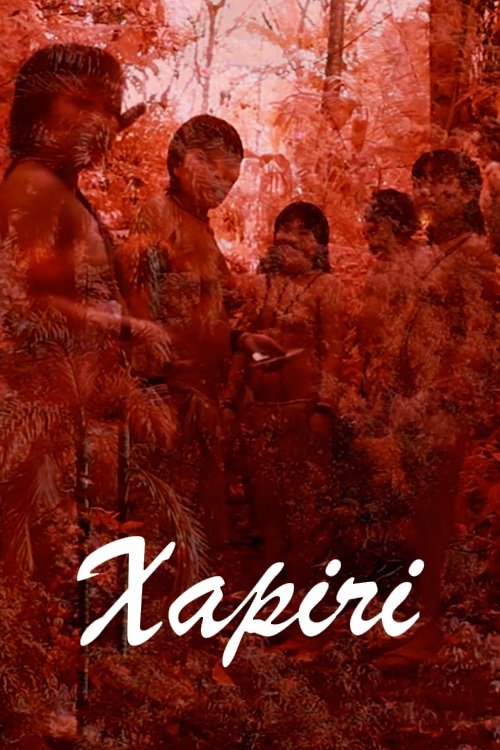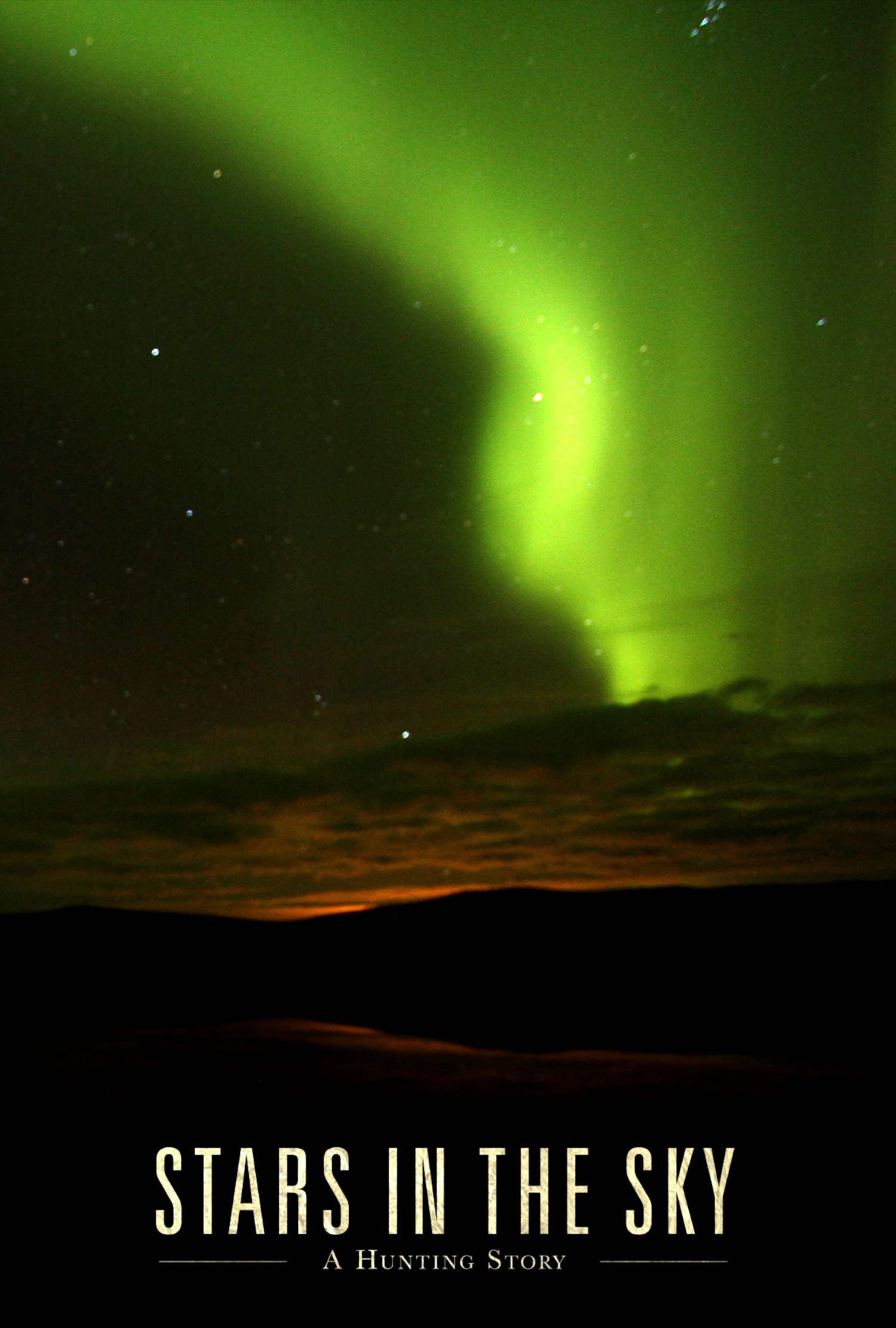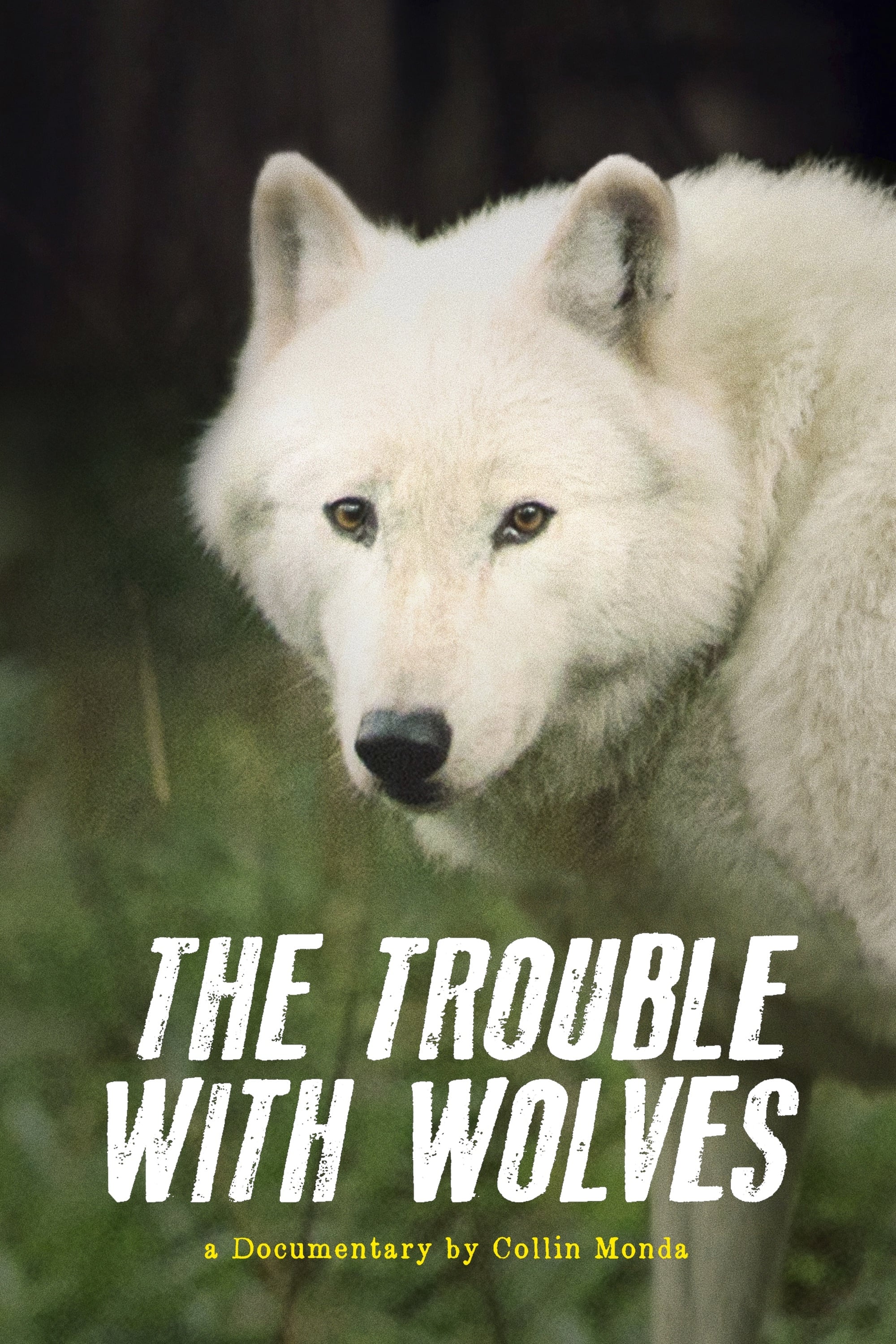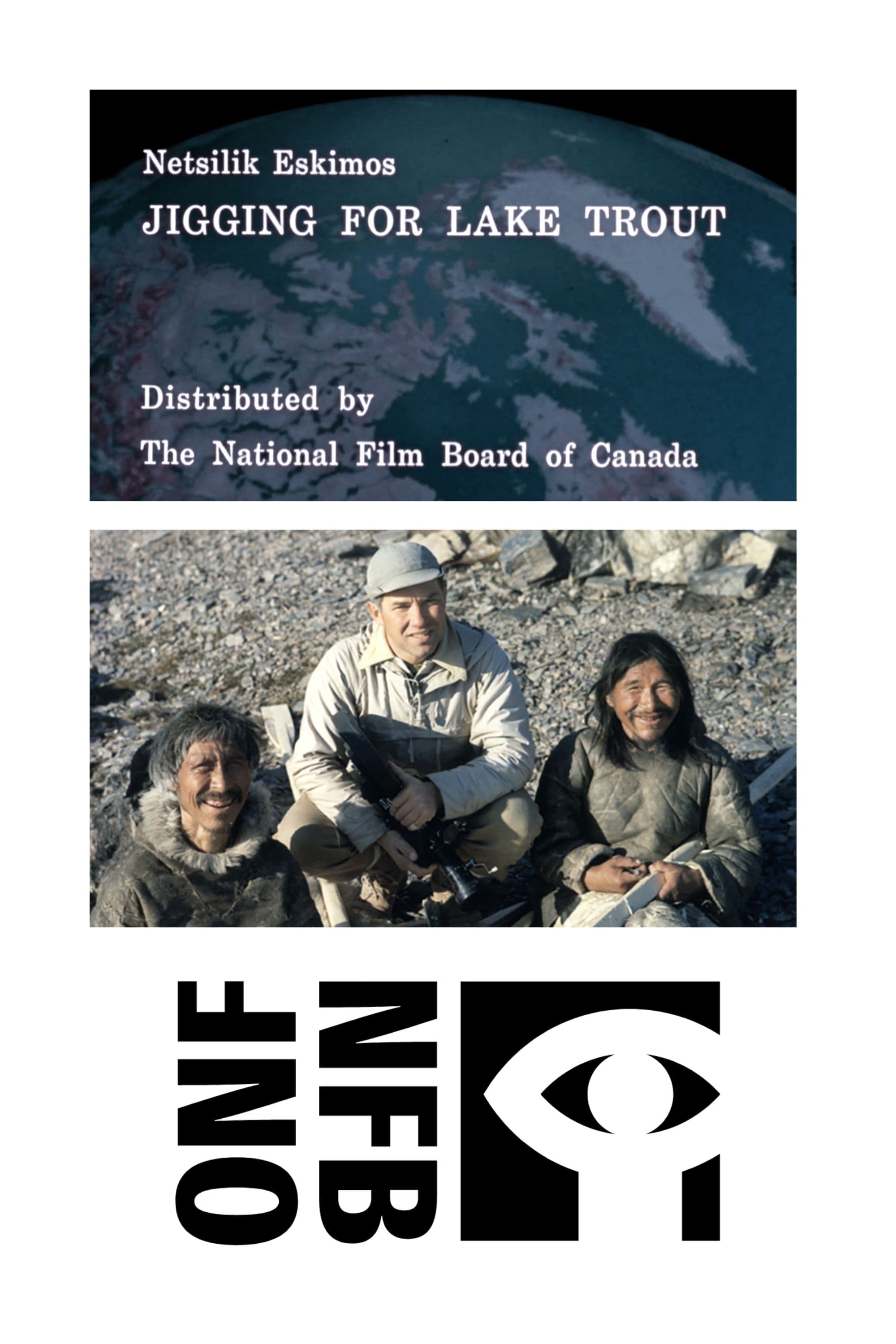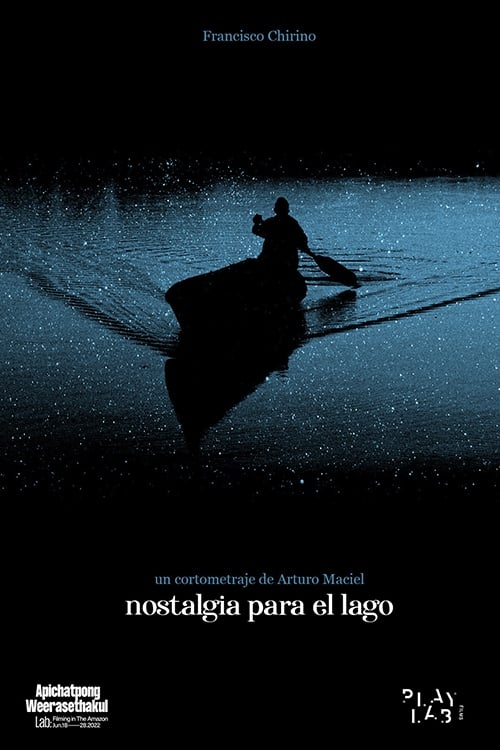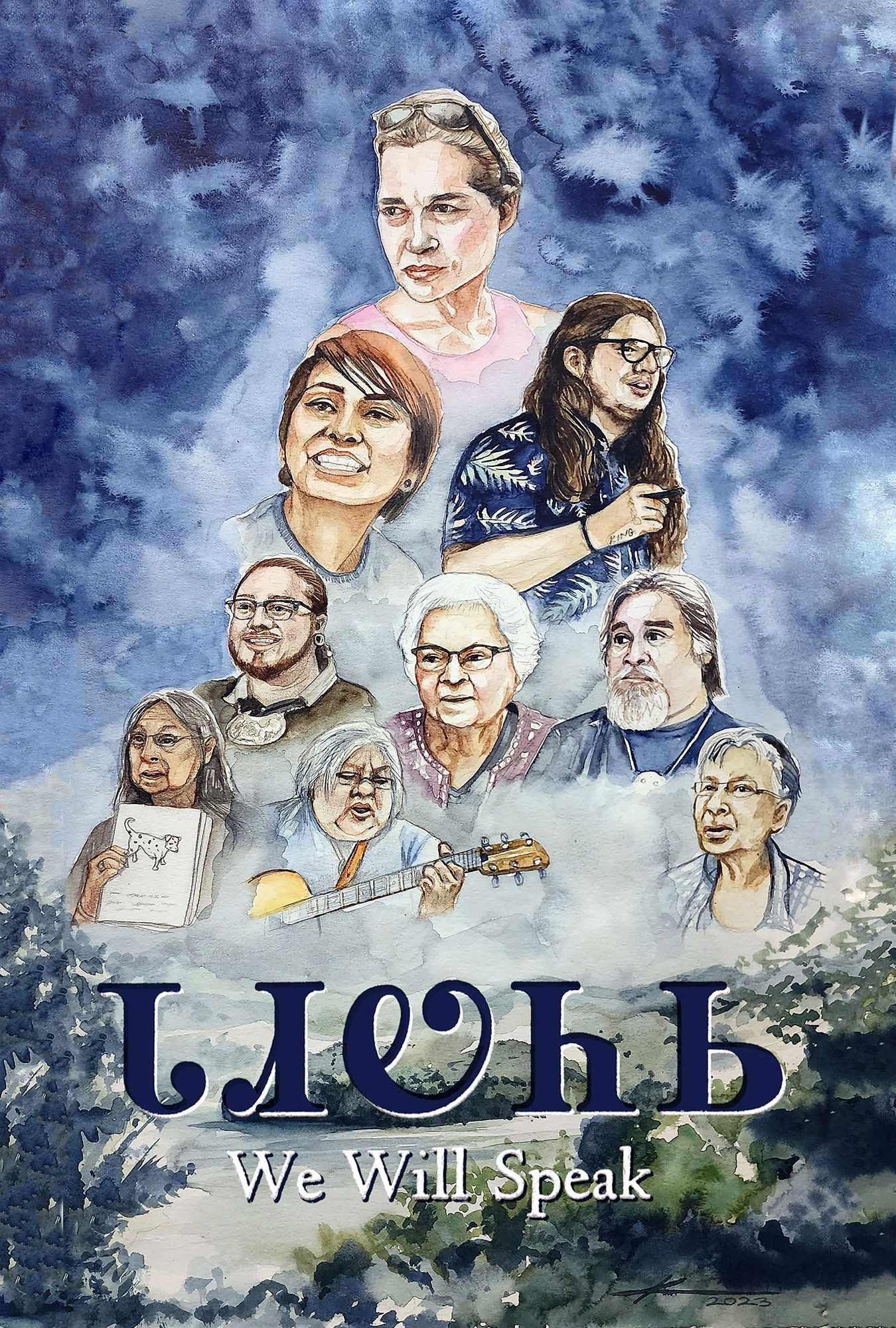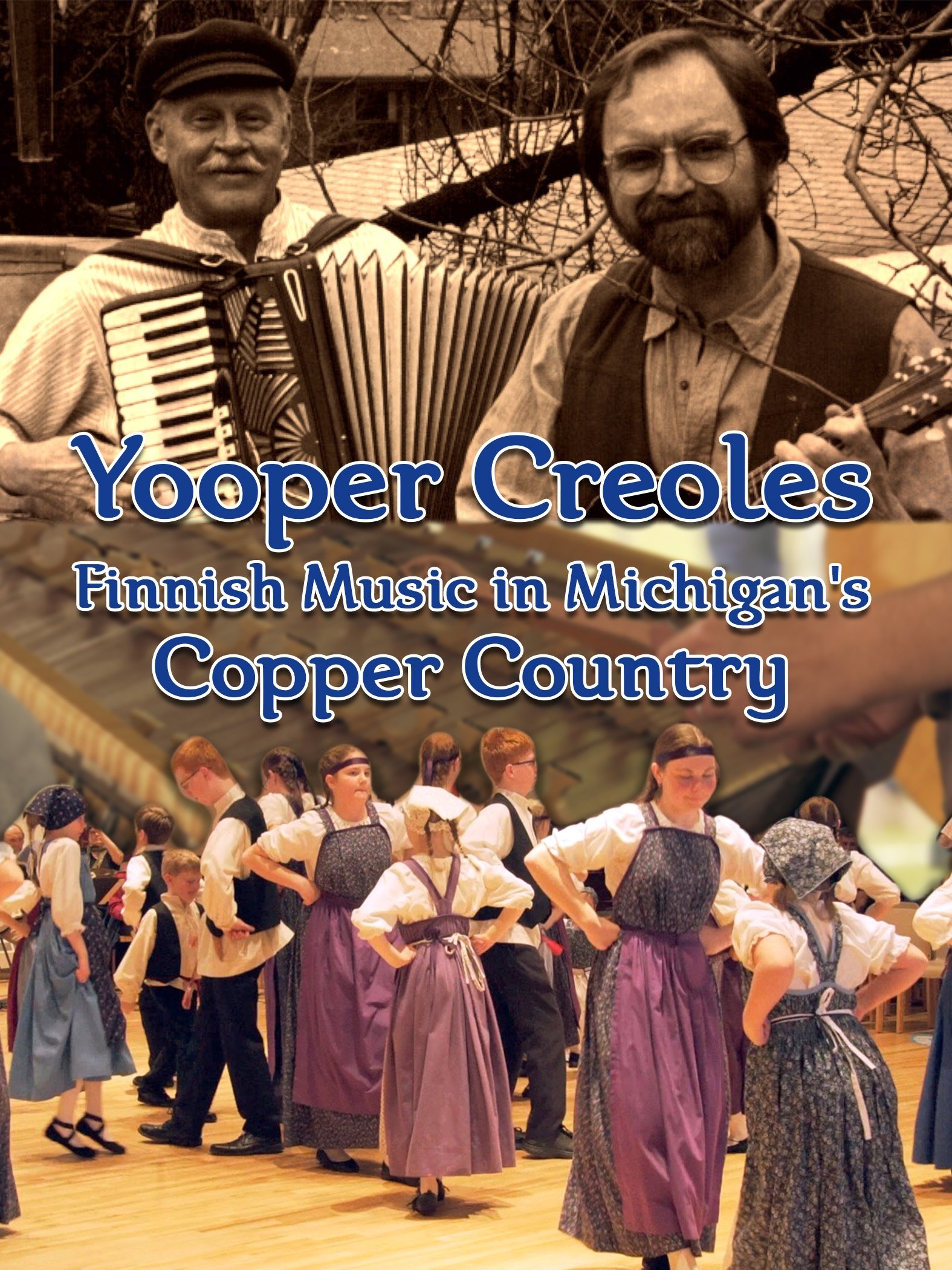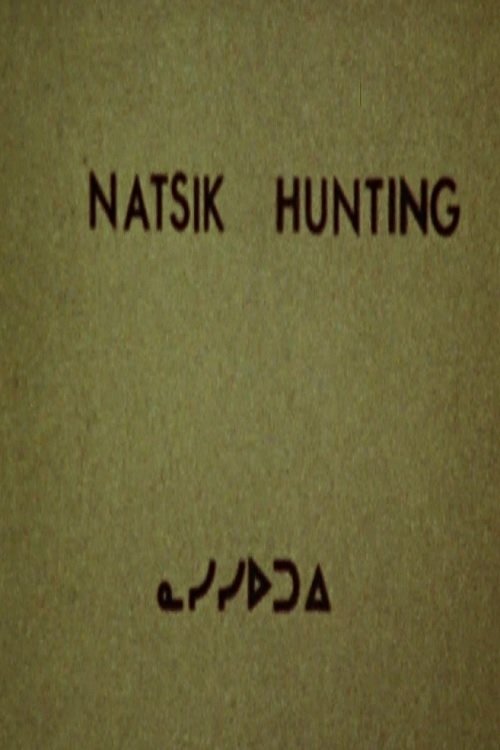
Natsik Hunting (1975)
Overview
Mosha Michael made an assured directorial debut with this seven-minute short, a relaxed, narration-free depiction of an Inuk seal hunt. Having participated in a 1974 Super 8 workshop in Frobisher Bay, Michael shot and edited the film himself. His voice can be heard on the appealing guitar-based soundtrack…. Natsik Hunting is believed to be Canada’s first Inuk-directed film. – NFB
Production Companies

Additional Info
| Budget | $0.00 |
|---|---|
| Revenue | $0.00 |
| Original Language | en |
| Popularity | 0.342 |
Directed By
Mosha Michael
Crew
Mosha Michael
Mosha Michael
Peter Raymont
Etulu Etioluie
Mosha Michael
Wolf Koenig
Mosha Michael
TOP CAST
Similar Movies
Children of Wind River
A film made by Victress Hitchcock and Ava Hamilton in 1989 on the Wind River Reservation for Wyoming Public Television.
To Wake Up the Nakota Language
“When you don’t know your language or your culture, you don’t know who you are,” says 69-year-old Armand McArthur, one of the last fluent Nakota speakers in Pheasant Rump First Nation, Treaty 4 territory, in southern Saskatchewan. Through the wisdom of his words, Armand is committed to revitalizing his language and culture for his community and future generations.
Act of War: The Overthrow of the Hawaiian Nation
This hour-long documentary is a provocative look at a historical event of which few Americans are aware. In mid-January, 1893, armed troops from the U.S.S Boston landed at Honolulu in support of a treasonous coup d’état against the constitutional sovereign of the Hawaiian Kingdom, Queen Lili‘uokalani. The event was described by U.S. President Grover Cleveland as an "act of war."
Two Worlds Colliding
This documentary chronicles the story of Darrell Night, an Indigenous man who was dumped by two police officers in a barren field on the outskirts of Saskatoon in January 2000, during -20° C temperatures. He survived, but he was stunned to hear that the frozen body of another Indigenous man was discovered in the same area.
Xapiri
Xapiri is a Yanomami term that characterizes the shamans, male spirits (xapiri thëpë) and also auxiliary spirits (xapiri pë). Xapiri is an experimental film about Yanomami shamanism that was filmed during a meeting of 37 shamans at the Watoriki Reserve, Roraima, in March of 2011. The film was designed to take into account two different notions of image: those of the Yanomami and ours. Therefore, it does not set out to explain shamanism, its methods or procedures, but to allow different cultures to visualize and feel the way in which the shamans “embody” the spirits, their bodies and voices.
Stars in the Sky: A Hunting Story
This documentary focuses on the lives of American hunters, presented as an honest exploration of the controversies, emotions, and traditions inherent to this most primal human activity.
The Trouble with Wolves
Death threats, court battles, and an iconic endangered species in middle, The Trouble With Wolves takes an up close look at the most heated and controversial wildlife conservation debate of our time. The film aims to find out whether coexistence is really possible by hearing from the people directly involved.
Netsilik Eskimo Series, I: At the Autumn River Camp
It is late autumn and the Eskimos travel through soft snow and build karmaks, shelters with snow walls and a roof of skins, in the river valley. The geese are gone but some musk-ox are seen. The man makes a toy sleigh from the jawbones of a caribou and hitches it to a puppy. Next day the women gather stocks of moss for the lamp and the fire. The men fish through the ice with spears. The woman cooks fish while the men cache the surplus. Then the family eats in the karmak. The men build an igloo and the household goods are moved in. They begin the complicated task of making a sleigh, using the skins from the tent, frozen fish, caribou antlers and sealskin thong. The woman works at a parka, using more caribou skin, and the children play. Now the sled is ready to load and soon the family is heading downriver to the coast.
Netsilik Eskimo Series, II: At the Caribou Crossing Place
The time is early autumn. The woman wakes and dresses the boy. He practices with his sling while she spreads a caribou skin to dry. The boy picks berries and then the men come in their kayak with another caribou. This is skinned, and soon night falls. In the morning, one man leaves with his bow while the other makes a fishing mannick, a bait of caribou meat. The woman works at the skins, this time cleaning sinews and hanging them to dry. The man repairs his arrows and then sets a snare for a gull. The child stones the snared gull and then plays hunter, using some antlers for a target. His father makes him a spinning top. Two men arrive at the camp and the four build from stones a long row of manlike figures, inukshult, down toward the water. They wait for caribou and then chase them toward the stone figures and so into the water where other men in kayaks spear them. The dead animals are floated ashore and skinned.
Netsilik Eskimo Series, III: At the Spring Sea Ice Camp
Two Eskimo families travel across the wide sea ice. Before night falls they build small igloos and we see the construction in detail. The next day a polar bear is seen basking in the warming sun. A woman lights her seal oil lamp, carefully forming the wick from moss. The man repairs his snow goggles. Another man arrives dragging a polar bear skin. The boy has made a bear-shaped figure from snow and practices throwing his spear. Then he tries his bow. Now, with her teeth, the woman crimps the sole of a sealskin boot she is making. The men are hunting seal through the sea-ice in the bleak windy weather. The wind disturbs the "tell-tales," made of eider down or a hair loop on a bone, that signal when a seal rises to breathe. A hunter strikes, kills and drags his catch up and away. At the igloo the woman scrapes at a polar bear skin and a man repairs a sled. In the warming weather the igloo is topped with furs and a snow shelter is built to hide the sled from the sun.
Netsilik Eskimos, V: At the Winter Sea Ice Camp
In late winter when the cold is severe, the people and dogs are glad to stop their trek and make camp. In the blue dusk the men probe the snow and then cut building blocks while the women shovel a site. Soon all are under cover, and in the wavering light of the stone lamp they sleep, their breath rising coldly. In the light of day the men test and refurbish their spears, harness dogs to the sled and strike out on the sea ice. Each man, with a dog or two, explores the white waste, seeking scent of a seal's breathing hole. When a dog noses the snow, the man probes for the hole and, when he finds it, suspends a single looped hair to signal when the seal rises to breathe. Then he waits, motionless, to make his strike. He kills, and the others gather to taste the warm liver of his catch. Then, as night comes, the vigil goes on.
Netsilik Eskimos, VI: Building a Kayak
Now it is July - summer. The run-off is in full spate and open water shows offshore. Ice cakes melt on the shingle. On the bay are ducks. It is time to build a kayak, a task shared by two men. They gather materials: valuable scraps of wood, bone, seal skins and sinews. Now there is much cutting, fitting, joining and binding. The woman helps by cutting additional thongs, scraping skins, providing food. She must also amuse the child who seems left out by the single-minded work of the men. Then the work breaks and a man harpoons a fish in a tide pool; all share the pleasure of fresh food.
Netsilik Eskimos, VIII: Jigging for Lake Trout
More signs of winter's end as more wildlife returns. The family makes an excursion for fresh fish from a lake. They build a karmak and move in the furs, cooking troughs, etc. The woman sets up her lamp, spreads the furs and attends to the children. There are signs of returning wildlife. The man moves out on the lake ice and chips a hole for fishing. He baits his hook and lowers it jigging the line to attract the fish. Crouched by the hole, he persists with his purpose and takes some fish, as does his wife who has joined him. Both remain at the hole through a severe blizzard. Please note that this is an archival film that makes use of the word “Eskimo,” an outdated and offensive term. While the origin of the word is a matter of some contention, it is no longer used in Canada. This film is therefore a time capsule of a bygone era, presented in its original version. The NFB apologizes for the offence caused.
Nostalgia for the Lake
A vision from Limbo, where the canoeist of the eternal lake floats in his boat, between sleep and wakefulness. When he sleeps, he dreams of the everyday of a parallel time. when he wakes up, the same song haunts him again and again. his boat, “ara” (time, in guarani) travels through time like a shooting star.
No Address
This feature-length documentary by Alanis Obomsawin examines the plight of Native people who come to Montreal searching for jobs and a better life. Often arriving without money, friends or jobs, a number of them quickly become part of the homeless population. Both dislocated from their traditional values and alienated from the rest of the population, they are torn between staying and returning home.
We Will Speak
The Cherokee language is deeply tied to Cherokee identity; yet generations of assimilation efforts by the U.S. government and anti-Indigenous stigmas have forced the Tri-Council of Cherokee tribes to declare a State of Emergency for the language in 2019. While there are 430,000 Cherokee citizens in the three federally recognized tribes, fewer than an estimated 2,000 fluent speakers remain—the majority of whom are elderly. The covid pandemic has unfortunately hastened the course. Language activists, artists, and the youth must now lead the charge of urgent radical revitalization efforts to help save the language from the brink of extinction.
Yooper Creoles: Finnish Music in Michigan's Copper Country
When the immigrants came to America, their cultures entered the "great melting pot." In Michigan's Upper Peninsula Finnish immigrants mixed their musical traditions with many other cultures, creating a sound that was unique to the "Copper Country."
The Sacred Food
A short documentary about the Ojibwe Native Americans of Northern Minnesota and the wild rice (Manoomin) they consider a sacred gift from the Creator. The film tells the Creation and Migration stories that are central to the tribe's oral history and belief system while showing the traditional process of hand-harvesting and parching the wild rice. Biotech companies are currently researching ways to genetically modify the rice and the community is fighting to keep it wild.
